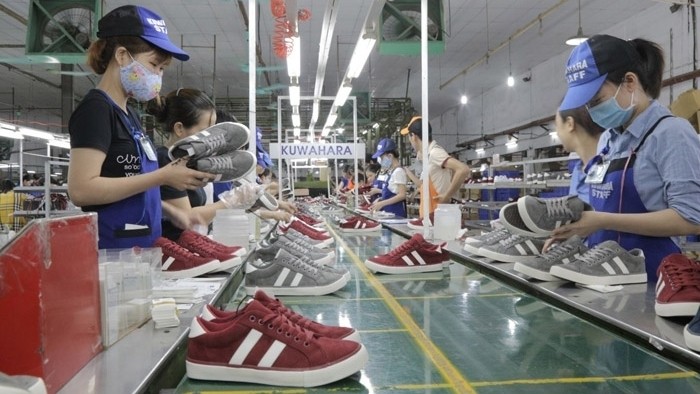According to Diep Thanh Kiet, a member of WEC Saigon’s board of directors, Vietnam is second only to China in terms of footwear export volume, with roughly 1 billion pairs each year. However, in the long term, Vietnam’s footwear industry can still compete with China in terms of labour costs, income per capita, economic policies and export market. Furthermore, the CPTPP trade agreement is expected to help Vietnamese footwear makers to enhance their competitiveness thanks to tariff preferences in the final months of 2019.
Kiet’s expectations are also echoed by many other footwear producers as the ministries concerned are working hard to formulate directives and circulars guiding the implementation of the trade pact, fully known as the Comprehensive and Progressive Agreement for Trans-Pacific Partnership.
Phan Thi Thanh Xuan, General Secretary of Lefaso, an association of leather and footwear companies, stated that, among the CPTPP members, Vietnam has yet to sign a bilateral agreement with Canada and Mexico, while trade pacts have been inked with Japan and Chile. Therefore, the CPTPP is a great opportunity for Vietnamese producers to boost their exports to these markets. In addition, the interest of a number of Canadian and Mexican importers in Vietnamese footwear and handbag products is a favourable factor for Vietnamese producers to explore the new markets.
In fact, Vietnamese footwear and leather products are already exported to these markets but the revenues are relatively low, earning approximately US$100 million in the Canadian market, for instance. Revenues from footwear exports to Mexico are even much lower.More importantly, most of the products were imported to the United States and then distributed to Canada and Mexico. However, due to obstacles in re-negotiating the NAFTA, Canadian and Mexican importers have become more active in approaching other markets without relying too much on the US market.
According to Ngo Chung Khanh at the Ministry of Industry and Trade, the CPTPP will bring significant value to Vietnamese producers when opening the three new markets of Canada, Mexico and Peru at the same time.
Khanh emphasised that Canada is a market with great potential because it has a strong demand for products which are Vietnamese strengths, especially footwear items, adding that Canadian consumers can pay for more expensive products and Canada could act as an important bridge for Vietnamese exporters to expand to other countries in the Americas.
Xuan stated further that, in the second half of 2019, when the guiding documents are issued, enterprises will be trained to take better advantage of opportunities from the trade agreement.
In order to capitalise on the opportunities provided by the CPTPP, many enterprises, especially foreign-invested companies, have made active preparations and requested their suppliers to provide all the necessary documents to prove the origin of their products.
Enterprises have also added the stage of producing soles into their production chain so that their shoes will be able to meet the requirements set out in the trade agreement.
In order to support enterprises, in the first quarter, Lefaso worked with the MOIT’s Department of Export-Import to organise training courses on the CPTPP for enterprises.
Xuan stated that, in the near future, Lefaso will step up providing information and work with the specialised agencies in order to organise training sessions for enterprises, adding that the association will also collect enterprises’ feedback on the obstacles they face during the implementation of the trade pact so that they can be promptly addressed by the MOIT.
She also advised enterprises to stay fully updated with the relevant information, not only the CPTPP regulations but also the specific technical standards of each country that must be met if goods are to be exported to these markets.
















